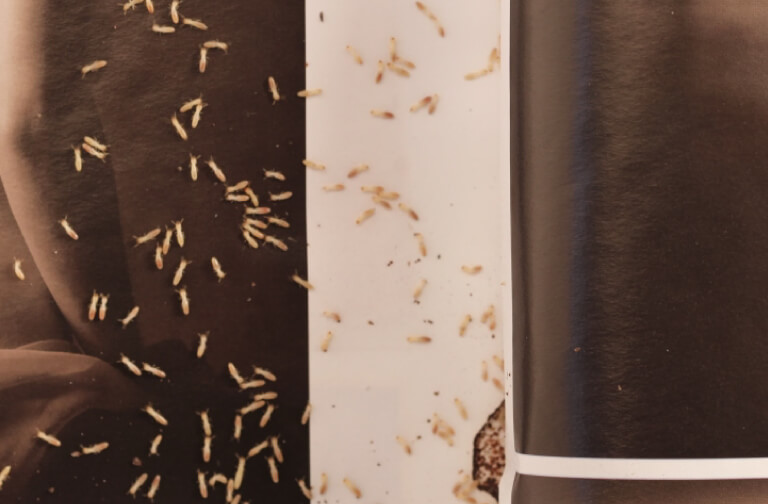How To Get Rid of Booklice
How To get rid of booklice In Your Home

How Did I get booklice?
You may have gotten booklice from bringing in infested items, such as books, papers, food, or plants. Booklice love to eat mold and fungi, so they are attracted to moist and humid places. You may find them in your basement, storeroom, pantry, or even on your wallpaper or bookshelves.
Home infestations with booklice are a widespread problem across the nation. In fact, you may already have some in your home, but before you start scratching, booklice aren’t really lice; they were merely given that name because of the way they look. In reality, booklice are very tiny insects that are between 1/32 and 1/8 of an inch long. In the United States, there are hundreds of different kinds; those that dwell outdoors have wings, but those that reside indoors typically lack them. Booklice adults have a delicate body and can be white, somewhat gray, or yellowish-brown in hue. They consume their preferred food source, mold, using their potent chewing mouthparts.
Booklice are attracted to high-moisture locations in homes because mold may easily and quickly grow there for them to feed on. Basements, baths, and kitchens are the places where booklice are most frequently discovered. They frequently appear in used books that are being stored, as their name implies. They will eat the binding glue as well as the mold that is forming between the pages. If their presence is not addressed, they will infest numerous other places of your house. They can be discovered in cardboard cartoons, stacks of paper, around perspiring pipes, in the spaces between window and door casings, and in cabinets. Additionally, they can get inside your house on groceries and infest your dry goods storage, including flour and cereal.
Although the prospect of having booklice in your home can make you cringe, these bugs are only an annoyance and not harmful. They don’t bite and are not parasitic. It’s crucial to understand that booklice and bed bugs are two completely different pests because they can sometimes be confused by homeowners. By addressing the high-humidity regions, booklice may frequently be rapidly eradicated, but bed bugs are more difficult to get rid of from your home without thorough treatment from qualified bed bug exterminators. It can be challenging to completely keep pests—including booklice—out of your house, but there are steps you can take to lessen the likelihood that they’ll take over your house.
- Maintain your environment’s humidity at 50% by installing dehumidifiers in your home’s high-humidity zones.
- Your home’s plumbing should not leak.
- Boxes and papers that you no longer need or utilize should be thrown away.
- Frequently vacuum and dust
- Keep dry goods in airtight containers.
Usually, getting rid of badly infested objects, lowering humidity levels, and improving ventilation in storage places are the best ways to get rid of booklice. The booklice in your home will finally die if the humidity is reduced to 50%.
However, in other cases, a booklouse infestation that has gone unreported might grow to be very enormous, necessitating the use of pesticides to totally eradicate them and their breeding grounds from your home.
We at Truly Green Pest Control have the know-how and resources necessary to effectively get rid of booklice from your house. One of our Kansas City pest control specialists will inspect your home to identify any breeding or activity areas, and they will then use an insecticide aerosol and dust formulation to treat those areas.
Additionally, they will apply a barrier treatment to the foundation’s outer edges as an extra measure of safety.
Contact us right away for thorough instructions on how to get rid of booklice or to find out more about our pest control services in Kansas City if you need assistance controlling booklice in your house.